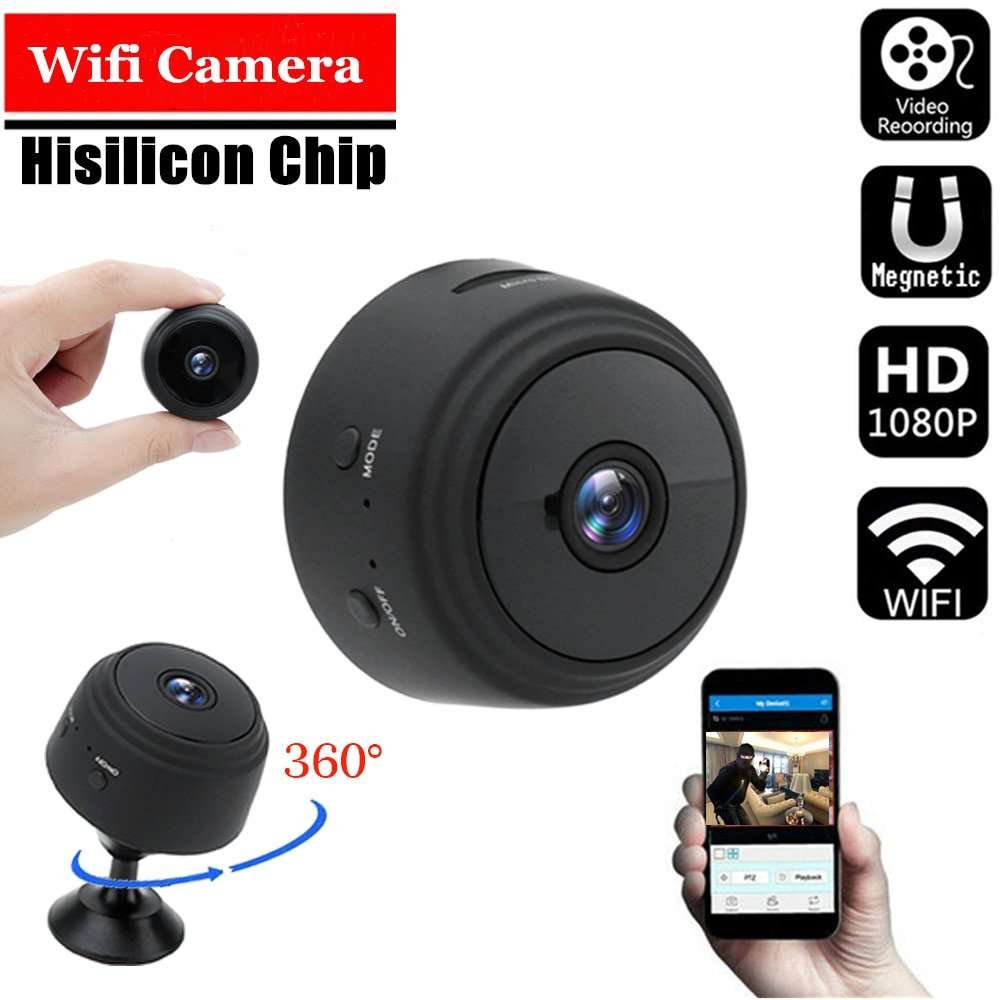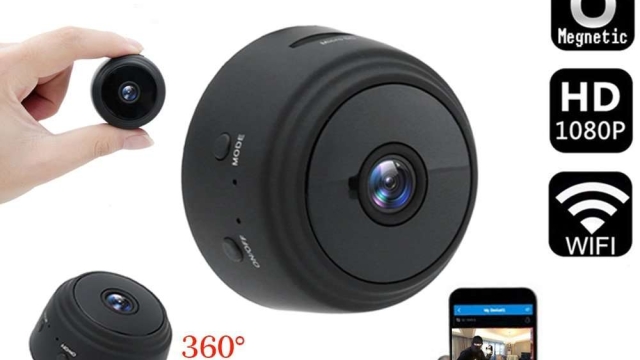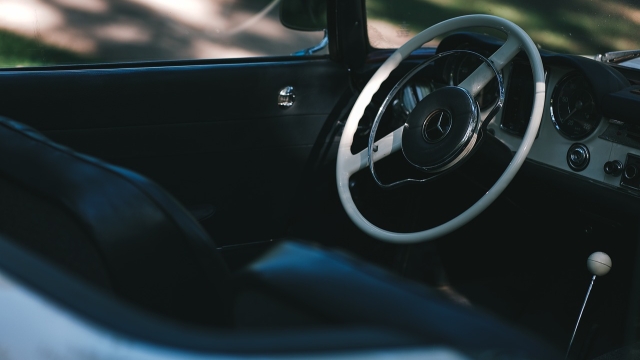
In today’s world, ensuring the safety and security of our homes and businesses has become more important than ever. With increasing concerns about crime and property damage, many people are turning to technology for solutions that provide peace of mind. A security camera can serve as a vital tool in your protection strategy, offering a watchful eye on your property at all times. Whether you’re looking to deter intruders, monitor activities in and around your space, or gather evidence in case of an incident, the right security camera system can make all the difference.
Choosing the perfect security camera can feel overwhelming with the plethora of options available on the market. From outdoor models designed to withstand the elements to discreet indoor cameras, there is a solution for every need and budget. This guide will help you navigate the key features and factors to consider when selecting a security camera, ensuring you make an informed choice that enhances your security setup effectively.
Types of Security Cameras
When it comes to security cameras, there are several types designed to meet different needs. One of the most common types is the bullet camera, which has a cylindrical shape and is typically mounted on walls or ceilings. These cameras are effective for monitoring specific areas and are often used outdoors due to their weatherproof design. They come with features like infrared night vision to ensure clarity in low-light conditions, making them an excellent choice for residential and commercial properties.
Another popular option is the dome camera, which is often used in indoor settings. The dome design makes it harder for individuals to determine where the camera is pointing, which can act as a deterrent to potential intruders. These cameras are versatile and can be used in various environments, including stores, offices, and schools. Some dome cameras come with pan-tilt-zoom capabilities, allowing users to adjust the viewing angle remotely and focus on specific areas as needed.
Finally, Wi-Fi security cameras have gained significant popularity due to their ease of installation and flexibility. These wireless cameras can be placed virtually anywhere, provided they are within range of a Wi-Fi network. Many models come with advanced features such as motion detection alerts, cloud storage, and mobile app access, enabling users to monitor their property in real-time from smartphones or tablets. This technology allows homeowners and business owners to keep an eye on their premises no matter where they are.
Key Features to Consider
When selecting a security camera, one of the first features to evaluate is video resolution. Higher resolution cameras provide clearer images, which are crucial for identifying faces or license plates. Look for cameras that offer at least 1080p resolution, as this ensures you capture fine details in various lighting conditions. Additionally, consider models that support higher resolutions, such as 4K, if budget permits. The clarity of the footage can make a significant difference in the event of an incident.
https://worldstarsecuritycameras.com/
Another important feature is field of view. A camera’s field of view determines how much area it can cover. A wider field of view allows you to monitor larger spaces without the need for multiple cameras. Many security cameras offer adjustable lenses or varying degrees of coverage, so it’s essential to choose one that suits the layout of your property. Ensure that you assess the angles and blind spots to ensure complete surveillance of your desired areas.
Lastly, consider the camera’s night vision capabilities. A security camera with effective night vision will allow for monitoring in low-light conditions. Look for cameras equipped with infrared technology or color night vision for clearer images at night. Additionally, features like motion detection and alerts can enhance the effectiveness of night surveillance. This way, you can ensure that your property remains protected around the clock, regardless of the lighting conditions.
Installation and Placement Tips
Choosing the right location for your security camera is crucial for maximizing its effectiveness. Begin by identifying the areas you want to monitor, such as entry points, driveways, or blind spots around your property. Cameras should be placed at a height that can capture clear visuals while being out of easy reach to prevent tampering. Ideally, position your camera to cover a wide angle without obstructions from trees, fences, or furniture.
When installing your security camera, ensure it is facing the desired direction and has a clear line of sight. It’s beneficial to install cameras where they can capture the facial features of individuals or license plates, typically within nine to ten feet of the ground. Also, consider the angle of sunlight; avoid placing cameras directly in the sun’s path to prevent glare, which can hinder image quality.
Finally, do not overlook the importance of power sources and connectivity. If your camera requires electricity, make sure to check for nearby outlets or consider using a camera with battery power or solar options. For wired cameras, plan the route for the cables to avoid exposed wiring which could be damaged. If the camera connects to Wi-Fi, ensure it is within range of your router for a strong signal.




